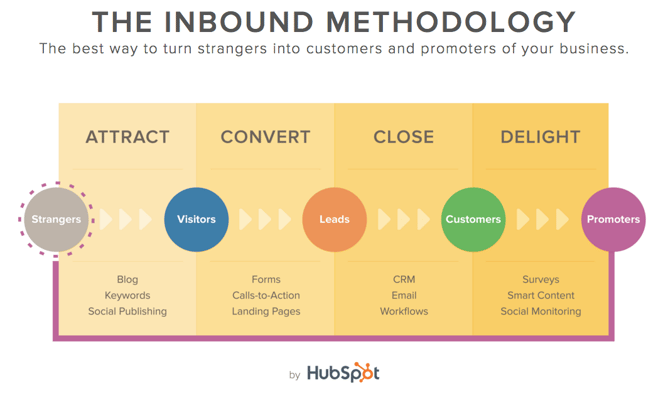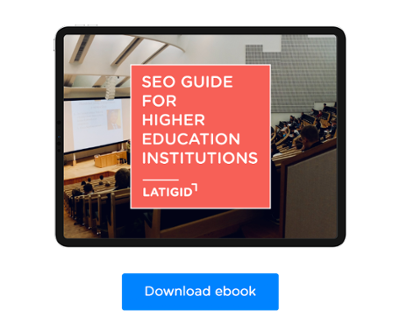
Inbound Marketing is an approach that focuses on creating quality content that attracts the right people to the company or product, where they naturally want to be. Unlike traditional marketing, it doesn't interrupt or buy people's attention, putting the right content in the right place at the right time and gaining the attention and trust of potential customers.
Why Inbound Marketing?
This methodology is based on the principle that today's consumers buy differently than they did a few years ago:
Pre-Internet:
The consumer was relatively uninformed and without access to information beyond what the brands provided. The purchase process was linear, with information gathering, analysis of alternatives, and purchase. The marketing logic was based on interruption, through advertisements in the most diverse media. Because there was a finite amount of media space, the battle was fundamentally for space.
Post-Internet:
Consumers are hyper-informed with access to information far beyond what is provided by brands. Consumers themselves become producers of information that influence the purchase decision of others. The purchasing process becomes non-linear and more complex. With the proliferation of channels and multiplicity of touchpoints, the purchasing process changes radically with implications for how brands should approach their potential customers. It becomes more important to interact with people helping them in the buying process rather than creating campaigns centred on the product/service. We see permission marketing rather than interruption marketing. Today's consumers have the power to decide what they want to consume, blocking what doesn't interest them. The battle is no longer for space, but attention.
Why is there a change in consumer behaviour and the purchasing process?
- The proliferation of Media:
The increase in the various types of media and the exponential increase in their volume has completely changed the landscape, making it much more difficult to reach consumers;
- A history of misleading advertising:
This reality led to a decrease in trust in the brands' messages. On the other hand, we have seen greater social influence in the purchasing process. According to the Edelman Trust Barometer 2016, search engines are the most reliable means of obtaining information;
- Technology has empowered the consumer:
These days, people decide what they want to see and when they want to see it, making permission marketing the most effective way for brands to communicate. By aligning the content they publish with the interests of their potential customers, they can gain their attention.
Inbound Marketing essentials
- Buyer’s journey:
People go through several steps in their decision process and interactions with your service/product. Each of these steps requires a different marketing action;
- Content creation:
Create content that answers your potential customer's questions in the different stages of the purchase process. Help your customers and make their decisions safe. Distribute this content across different channels to reach more people and increase its audience;
- Customization and Context:
The better you know your customer, the better you will be able to personalize your message. In this way, you can reach those who really interest you, increasing the chances of conversion.
Inbound Marketing Methodology

- Attract strangers by generating traffic to your website. Attract your ideal customer by publishing and distributing relevant, personalized content. On this basis, blog, social media, SEO, and your website pages are essential. A company/brand blog, for example, is one of the most effective ways to attract potential customers to your website. According to Hubspot, companies with a blog can generate on average: 55% more visitors, 97% more links to your site, 434% more pages are indexed.
- Convert that qualified traffic from your website into leads by gathering their contact information. To get this valuable information it is necessary to offer the consumer what he wants to get.
- Close: Now that you have qualified traffic contacts, you need to turn them into customers through email marketing, lead nurturing, and social media interactions.
- Build loyalty and delight your customers, through contextualized and personalized messages. Turn your current customers into brand promoters, as they can be your most effective sales force.
Inbound marketing has been transforming the way many companies approach their marketing. I hope this article has helped in realizing that it is time to adopt this philosophy. If you have questions or need a partner to help your higher education institution grow, please contact us.




